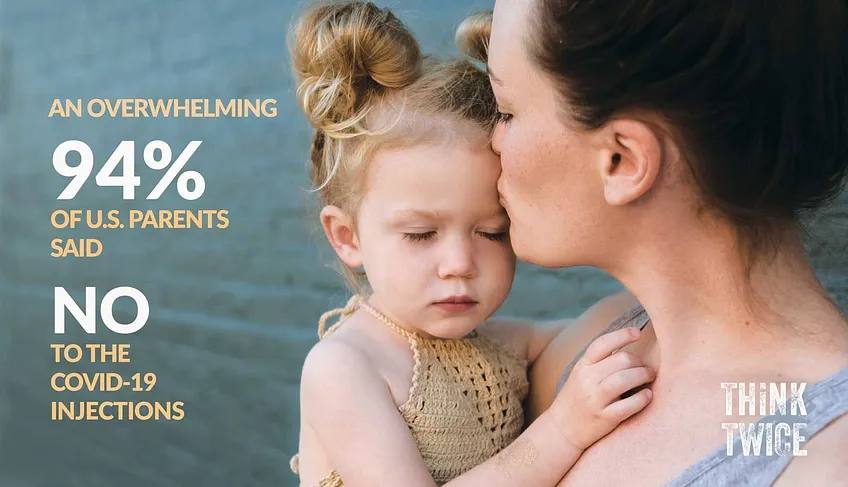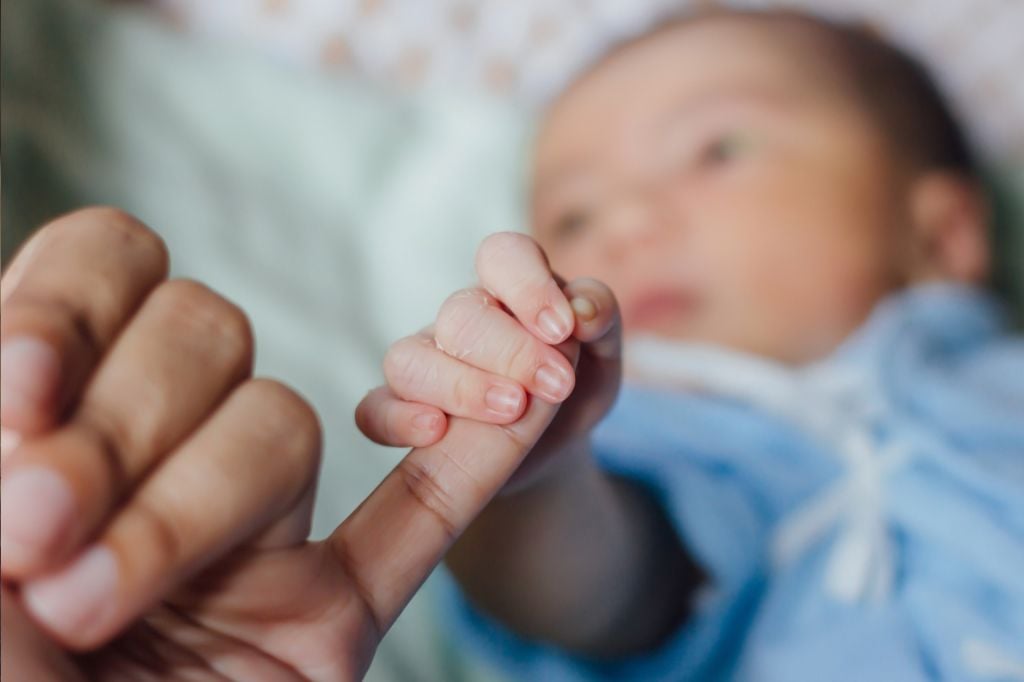From NZDSOS.com
"We find this odd as the vaccine was only tested on a small number of children in this age group and they appear to have been selected because they were healthy...So, despite testing it on healthy children, it is now being recommended only for the less healthy babies and children"
Babes at Risk: Covid Vaccine Approved for Children Under 5yo
Making decisions about vaccinations for babies and children is a much more important parental responsibility than assessing what type of buggy, cot or car seat to get. Yet, how much time do parents spend researching this topic? Do they just trust the experts, and if so, should they? If an adverse event arises, parents and children potentially have a lifetime of consequences to deal with.
The Ministry of Health has just announced that covid vaccination for 6 mth to 4 yr olds is now available in NZ for those at high risk. Have they followed scientific advice this time? We know that they did not previously follow the advice of their Technical Advisory Group in relation to vaccination of adolescents.
Eminent medical experts of the HART group in the UK have sent an Open Letter to the Joint Committee on Vaccines and Immunisations which provides advice to the UK government. All parents should read this.
Approval and rollout of this injection for the babies and toddlers of NZ was essentially a forgone conclusion as our government seems to have followed what the US has advised.
At present, the recommendation is only for high-risk babies and toddlers to receive the covid vaccine (which involves three doses not just two). High-risk is defined as those with underlying conditions such as:
- chronic lung disease
- serious heart conditions such as congestive heart failure or congenital heart disease
- diabetes
- chronic kidney disease
- chronic neurological or neuromuscular disease such as cerebral palsy
- Down syndrome
- a weakened immune system or being on an immunosuppressive treatment such as chemotherapy
- severe haematological (blood) disorders
- a transplant in the last 24 months
We find this odd as the vaccine was only tested on a small number of children in this age group and they appear to have been selected because they were healthy (as would usually be the case in clinical trials). Only 5% of the babies and 13% of the toddlers had any co-morbidities (other underlying health conditions) and these were most commonly obesity or prematurity.
So, despite testing it on healthy children, it is now being recommended only for the less healthy babies and children.
It is also interesting to look at the updated Medsafe Risk Management Plan. Table 1 specifically mentions the Missing Information (referring to information on the safety of the medicinal product that is currently missing and needs to be collected), which includes:
Use in pregnancy and while breast feeding
Use in immunocompromised patients
Use in frail patients with co-morbidities (e.g. chronic obstructive pulmonary disease (COPD), diabetes, chronic neurological disease, cardiovascular disorders)
Use in patients with autoimmune or inflammatory disorders
Interaction with other vaccines
Long term safety data
So, although it wasn’t tested on immunocompromised patients, it is being recommended specifically for this group.
Note also, it has not been tested for interactions with other vaccines, yet IMAC and MoH are recommending co-administration of Comirnaty with other childhood vaccines. On the basis of what? Wishful thinking? Do mRNA or lipid nanoparticles interact with whooping cough or measles vaccine components?
The following is a list of other points to consider about the data that Medsafe, relied on to approve this injection for babies and children:
- There were no Māori or Pasifika babies in the trials and no Māori and only 3 native Hawaiian or other Pacific Island 2-4 year olds were included.
- Only 4,526 children were enrolled. This means side effects that may have occurred at a rate of 1 per 4,600 or fewer children might not have been detected.
- Median follow up only lasted 2.1 months, which means that there is extremely limited short-term data and no medium- or long-term data.
- The trial protocol changed part way through the trial – a third dose was added as two doses did not show a satisfactory antibody response.
- Presumably due to this protocol change, the length of time between second and third doses varied immensely from 42 to 245 days.
- Participants were unblinded part way through the trial and the placebo group were offered vaccination so now it will be impossible to determine medium- or long-term adverse effects.
- Only 992/3013 (< 1/3) participants that were in the vaccine arm completed three doses and had data available for analysis. In the baby vaccine group only 386/1178 received 3 doses, in the toddler vaccine group only 606/1835 received all three doses. What happened to the other two thirds and how is statistical significance affected?
- Real world vaccine effectiveness for prevention of illness was not adequately studied. Instead it was inferred by immunobridging which is measuring antibody levels before and after vaccination and comparing the change with that which occurred in 16-25 year olds.
- Antibody levels against the Wuhan strain were much higher than antibody levels against Omicron but the clinical relevance (i.e. usefulness or harm) of these and other antibody levels is unknown at this time.
- Only preliminary efficacy data has been provided as the protocol specified 21 covid cases had to be included to allow for analysis and there were only 10 cases meeting criteria for analysis by the cut-off date.
- For vaccine efficacy, only cases of Covid occurring at least a week after dose three (10 cases – 3 in vaxxed, 7 in placebo) were counted. 365 covid cases occurring prior to 7 days after dose 3 were ignored, presumably because they occurred prior to supposed development of protection from the vaccine. This included 153 covid cases in babies and 212 in toddlers; 222 cases in vaxxed groups and 143 in placebo groups. What does dismissing 97% of covid cases do to the credibility of the study?
We believe we now understand why these “covid countermeasures” are being imposed, against all rational and scientific norms. PLEASE watch this. Our civilian agencies have been rendered irrelevant and impotent. Their ramblings are just theatre. A whole cadre of talking heads in each affected country have been recruited to soothe and deceive the populace. We are no different, so must protect our children.
Given the lies and deception about the covid injection and that it does not work to produce immunity or prevent transmission, our recommendation is that parents do some reading, listen to a variety of opinions, ask plenty of questions and trust their instincts when making a decision as to whether their babies or toddlers receive this (or any other) injection. The covid injection is more correctly an untested genetic device, with significant risks, some of which are playing out already.
Protecting Children is an Instinct. Say No, New Zealand!

Photos: NZDSOS.com

